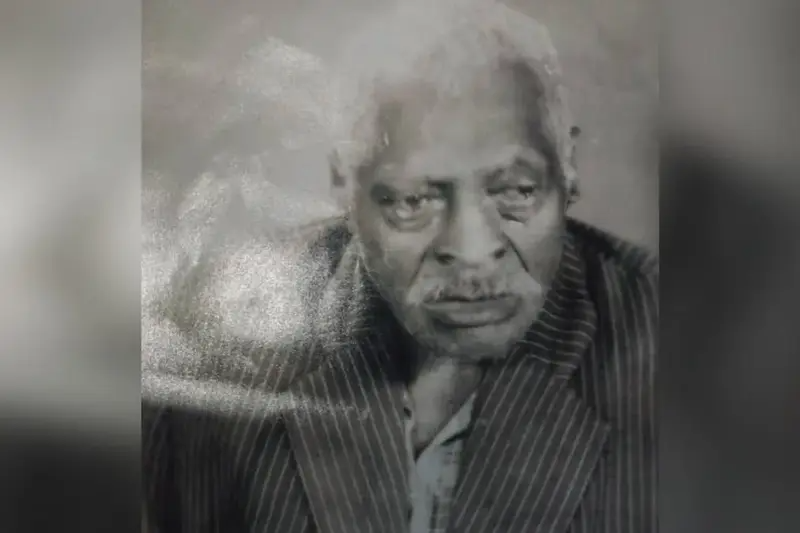Biography
Pata Seca Wiki, also known as Roque José Florêncio, is a legendary figure in Brazilian history. Despite being an enslaved person in the 19th century, Pata Seca stood tall as a symbol of resistance, survival, and strength. This article delves into his extraordinary life, exploring his significance, achievements, and enduring legacy.
Quick Facts
| Fact | Detail |
|---|---|
| Full Name | Roque José Florêncio |
| Famous As | Pata Seca |
| Birth | 1828 |
| Birth Place | Sorocaba, São Paulo, Brazil |
| Death | 13 June 1958 |
| Death Place | Santa Eudóxia, São Carlos, São Paulo, Brazil |
| Profession | Enslaved person, breeding slave |
| Children | 249 (according to family members) |
| Physical Prowess | Over 7 feet tall (2.18 meters) with a robust, muscular build |
| Role in Society | Aided other enslaved individuals in their quest for freedom |
| Legacy | Symbol of resistance, survival, and strength |
| Notable Accomplishments | Assisted in the establishment of quilombos |
| Nickname | “Pata Seca” or “Dry Leg” due to his narrow legs |
| Significant Owner | Francisco da Cunha Bueno, local landowner |
| Birthplace Significance | Birthplace situated in Sorocaba, São Paulo, Brazil |
| Deathplace Significance | Passed away in Santa Eudóxia, São Carlos, São Paulo, Brazil |

Also Read: Audrey Hepburn Biography: Hollywood’s Timeless Icon
Also Read: 10 Reasons Why Mia Khalifa Joined the Porn Industry
